Episodic VFX
In the world of film and television, visual effects (VFX) play a pivotal role in bringing imaginative stories to life. For episodic content, choosing the right VFX studio is crucial. A successful collaboration with a VFX studio can enhance your storytelling, ensure visual continuity, and elevate the overall quality of your production. This guide provides filmmakers with detailed insights on how to choose the right episodic VFX studio for their projects.
Understanding the Role of VFX in Episodic Content
Before diving into the selection process, it’s important to understand the role of VFX in episodic content. Unlike feature films, episodic series require consistent visual quality across multiple episodes, sometimes spanning several seasons. VFX studios must not only deliver high-quality effects but also maintain the look and feel of the show throughout its run. This involves creating digital environments, realistic characters, and seamless CGI that blend with live-action footage.
Key Considerations for Episodic VFX
- Consistency: Maintaining visual continuity across episodes.
- Efficiency: Meeting tight production schedules.
- Innovation: Utilizing the latest technology and techniques.
- Collaboration: Working closely with the production team.
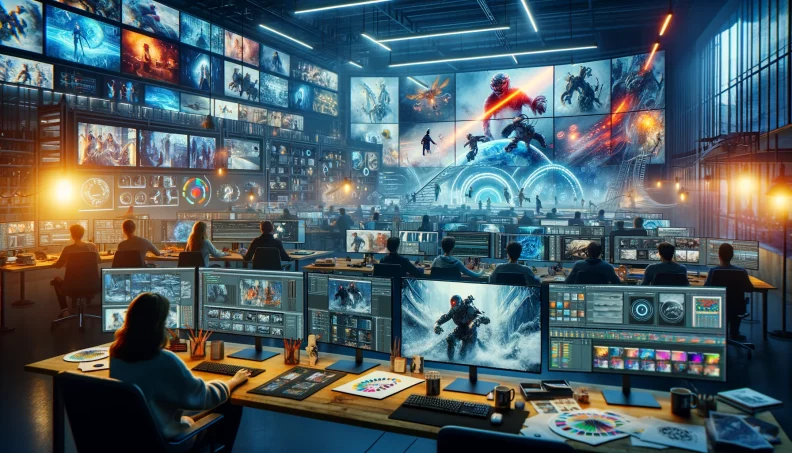
Looking for VFX
Experts or Projects?
Join Vitrina to Expand Your Global Entertainment Network
- Promote
Your VFX
Services. - Connect
with Vendors &
Studios Worldwide. - Discover
New Projects &
Opportunities - Find
Trusted VFX
Partners.

Steps to Choose the Right Episodic VFX Studio
1. Define Your Project Needs
Before reaching out to VFX studios, clearly define your project needs. This includes the scope of the work, the type of effects required, and your budget. Understanding your project’s specific requirements will help you communicate effectively with potential VFX partners.
Project Scope
- Number of Episodes: Determine how many episodes will require VFX work.
- Types of Effects: Identify the specific VFX needs, such as CGI, motion capture, digital environments, and more.
- Complexity: Assess the complexity of the effects, including any unique challenges or high-detail work.
Budget and Timeline
- Budget: Establish a realistic budget for VFX services.
- Timeline: Outline the production schedule, including deadlines for VFX deliverables.
2. Research Potential VFX Studios
Conduct thorough research to identify potential VFX studios that align with your project needs. Look for studios with a strong track record in episodic content and a portfolio that demonstrates their expertise and creativity.
Portfolio Review
- Previous Work: Examine the studio’s previous projects, especially those similar to your own.
- Quality and Style: Assess the quality of their work and whether their style aligns with your vision.
- Consistency: Look for consistency in their work across multiple episodes and projects.
Client Testimonials and Reviews
- Reputation: Check reviews and testimonials from previous clients to gauge the studio’s reputation.
- Reliability: Look for feedback on the studio’s reliability, communication, and ability to meet deadlines.
3. Evaluate Technical Capabilities
A VFX studio’s technical capabilities are critical to delivering high-quality effects. Evaluate their technological infrastructure, software proficiency, and innovation in VFX techniques.
Technology and Software
- Software Proficiency: Ensure the studio is proficient in industry-standard software such as Maya, Houdini, Nuke, and others.
- Hardware: Check if the studio has high-performance hardware to handle complex VFX work.
- Real-Time Rendering: Assess their capabilities in real-time rendering and virtual production.
Innovation and Techniques
- Cutting-Edge Techniques: Look for studios that utilize cutting-edge techniques such as motion capture, AI-driven effects, and advanced simulations.
- R&D: Consider studios with a strong research and development (R&D) focus to stay ahead of industry trends.
4. Assess Creative Talent
The creative talent of a VFX studio is just as important as their technical capabilities. A talented team of artists, animators, and supervisors can bring your vision to life with creativity and precision.
Team Expertise
- Artists and Animators: Evaluate the expertise and experience of the artists and animators who will be working on your project.
- Supervisors and Leads: Check the credentials of VFX supervisors and leads, as they will play a key role in overseeing the work.
Collaboration and Communication
- Communication Skills: Assess the studio’s communication skills and their ability to collaborate effectively with your production team.
- Cultural Fit: Ensure the studio’s creative vision aligns with your project’s aesthetic and narrative goals.
5. Review Project Management and Workflow
Effective project management and streamlined workflows are essential for delivering VFX on time and within budget. Evaluate the studio’s project management practices and workflow efficiency.
Project Management
- Workflow Processes: Understand the studio’s workflow processes, including how they handle feedback, revisions, and approvals.
- Timelines and Milestones: Ensure they can provide a detailed timeline with clear milestones and deliverables.
- Risk Management: Assess their approach to risk management and problem-solving.
Workflow Efficiency
- Pipeline Integration: Check if the studio’s VFX pipeline can integrate seamlessly with your production pipeline.
- Resource Allocation: Ensure they have sufficient resources to handle your project without compromising quality or timelines.
Looking for Global VFX Projects?
Create your profile on Vitrina!
- Promote your VFX studio.
- Connect with global studios.
- Showcase projects & clients.
- Find projects matching your expertise.

6. Discuss Pricing and Contracts
Pricing and contracts are critical aspects of choosing a VFX studio. Discuss pricing models, payment schedules, and contract terms to ensure a clear understanding and agreement.
Pricing Models
- Fixed Price: A fixed price for the entire project, based on a detailed scope of work.
- Hourly Rate: An hourly rate for VFX services, which may be suitable for smaller or less defined projects.
- Milestone Payments: Payments based on project milestones, ensuring you only pay for completed work.
Contract Terms
- Scope of Work: Clearly define the scope of work in the contract, including deliverables, timelines, and quality standards.
- Revisions and Changes: Specify the process for handling revisions and changes, including any associated costs.
- Confidentiality and IP Rights: Ensure confidentiality agreements and intellectual property (IP) rights are clearly outlined.
7. Conduct Interviews and Test Projects
Before making a final decision, conduct interviews with shortlisted studios and consider running a test project to evaluate their capabilities firsthand.
Interviews
- Team Meetings: Meet with key team members to discuss your project and gauge their enthusiasm and understanding.
- Technical Discussions: Discuss technical aspects of the project to ensure the studio can meet your specific needs.
Test Projects
- Pilot Episode: Consider commissioning a pilot episode or a smaller test project to evaluate the studio’s performance.
- Quality and Timeliness: Assess the quality of the work delivered and the studio’s ability to meet deadlines.
8. Make Your Decision
After conducting thorough research, evaluating capabilities, and discussing terms, it’s time to make your decision. Choose the studio that best aligns with your project’s needs, budget, and creative vision.
Final Considerations
- Alignment with Vision: Ensure the studio’s vision and style align with your project’s aesthetic and narrative goals.
- Trust and Reliability: Choose a studio you trust to deliver high-quality work on time and within budget.
Summary
Choosing the right episodic VFX studio is a critical decision that can significantly impact the success of your film project. By following these steps and thoroughly evaluating potential studios, you can make an informed choice that ensures high-quality visual effects, consistent delivery, and a successful collaboration. Remember, the right VFX studio will not only meet your technical and creative needs but also enhance your storytelling, bringing your vision to life in ways that captivate and engage your audience.
Consider the studio’s experience with episodic content, technical capabilities, creative talent, project management practices, and alignment with your project’s vision. Evaluate their portfolio, client testimonials, and pricing models to make an informed decision.
Technical capability is crucial for delivering high-quality effects. Ensure the studio has proficiency in industry-standard software, high-performance hardware, and cutting-edge techniques such as real-time rendering and motion capture.
Look for consistency, quality, and creativity in the studio’s previous work. Assess their experience with projects similar to yours and their ability to maintain visual continuity across multiple episodes.
Choose a studio with strong communication skills and a collaborative approach. Conduct interviews to gauge their enthusiasm and understanding of your project, and ensure their creative vision aligns with yours.
A test project allows you to evaluate the studio’s performance, quality of work, and ability to meet deadlines. It provides firsthand experience of their capabilities and helps build trust before committing to a larger project.























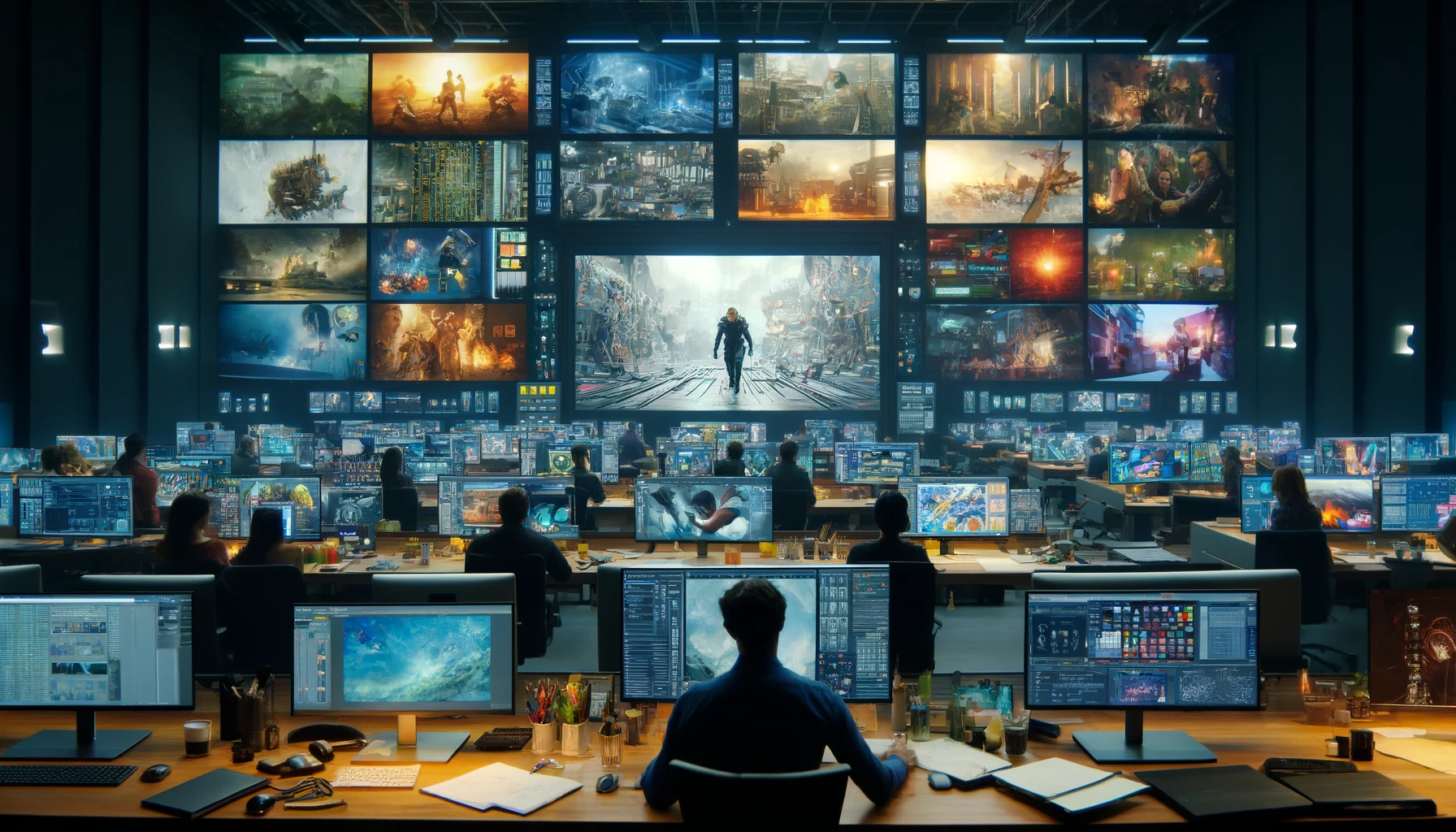

























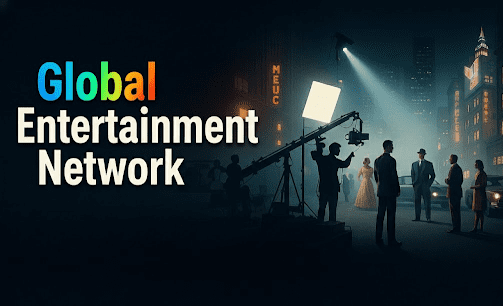
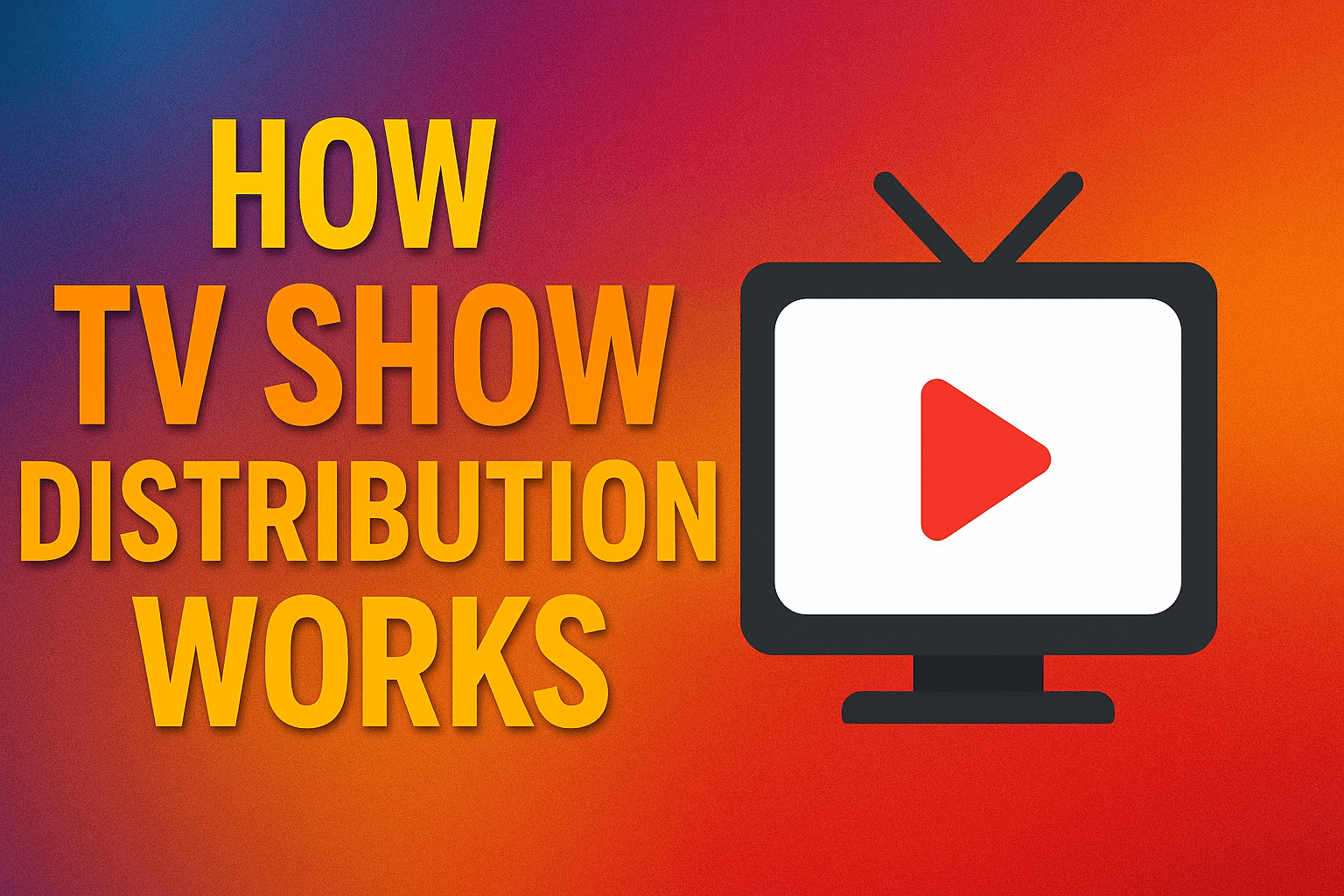


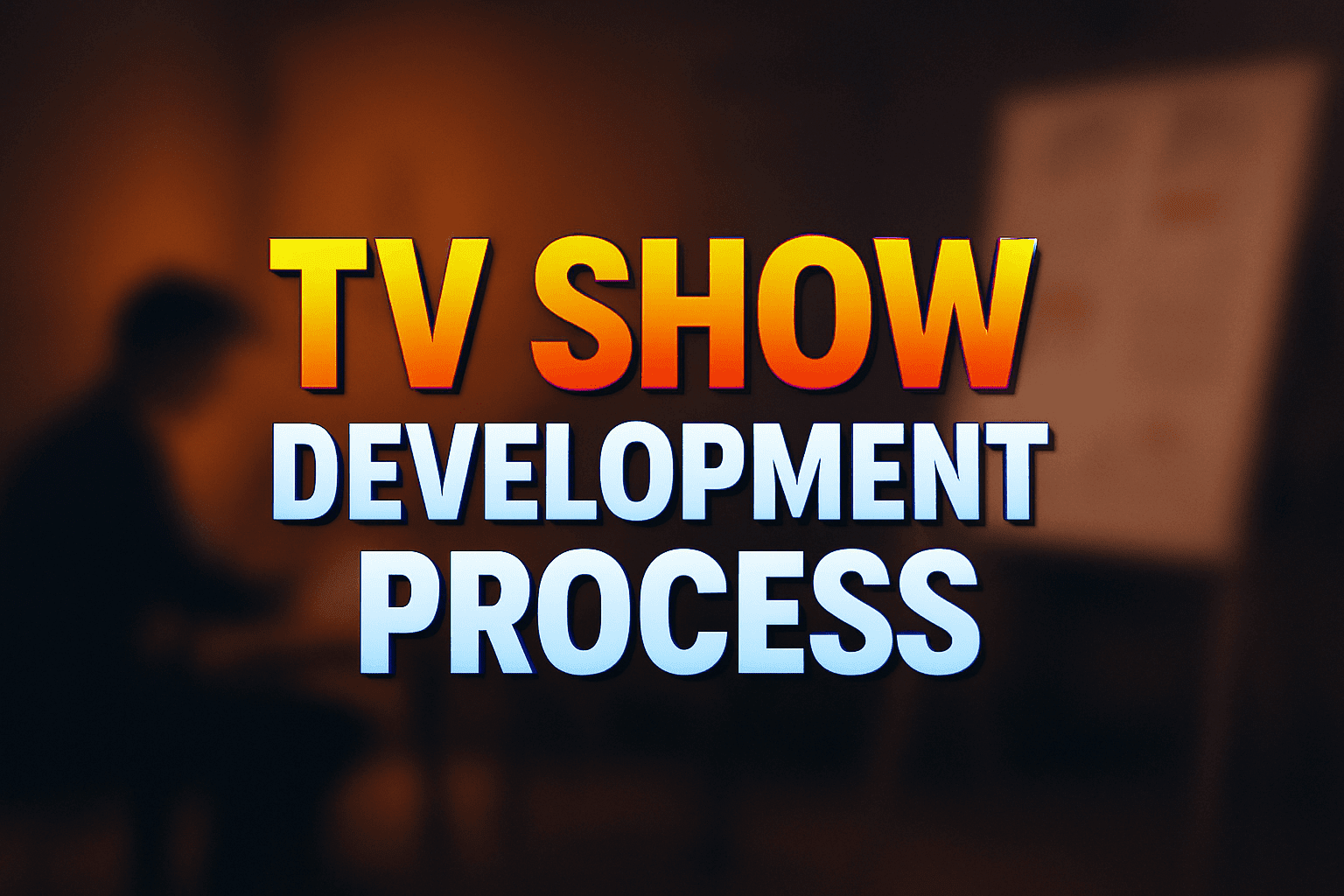

![The Top 10 Movie Distribution Companies[2025] 34 Movie Distribution Companies](https://vitrina.ai/wp-content/uploads/2025/10/Movie-Distribution-Companies-1.png)
![Top 10 Film Financing Companies in India: [2025 Investor Guide] 35 Film Financing Companies in India](https://vitrina.ai/wp-content/uploads/2025/10/Film-Financing-Companies-in-India.jpg)

